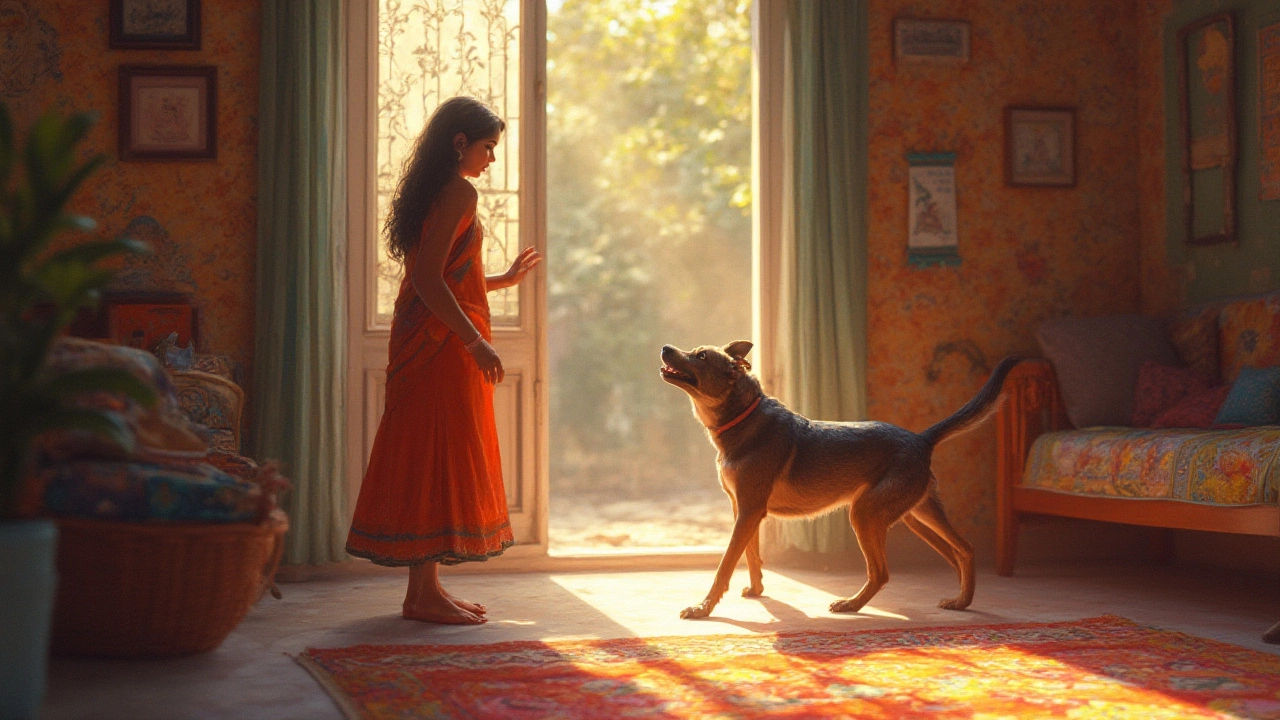Dog Stretching Meaning – How to Read Your Pup’s Stretch Signals
Ever catch your dog doing a big, lazy stretch and wonder what’s going on in that canine mind? Dogs stretch for many reasons, from waking up their muscles to communicating comfort. Understanding the meaning behind those stretches can help you spot normal behavior and catch potential issues early.
What a Healthy Stretch Looks Like
A healthy dog stretch usually involves a front‑leg extension, a low belly arch, and a relaxed tail. You’ll see the dog slowly extend its front paws forward, push its chest down, and sometimes let out a soft sigh. This is a sign the muscles are waking up after rest, similar to a human’s morning stretch. The movement should be smooth, not jerky, and the dog should look content rather than tense.
If you notice your dog doing this after a nap, a bathroom break, or a short play session, it’s simply a way to get the blood flowing. Regular stretching keeps joints lubricated and helps prevent stiffness, especially in older dogs or breeds prone to hip dysplasia.
When a Stretch Might Signal a Problem
Not all stretches are equal. If your dog stretches repeatedly, seems to favor one side, or shows a stiff, painful expression, it could be trying to soothe an ache. Look for signs like limping after the stretch, a whine, or a reluctance to move onto the next activity.
Another red flag is a stretch that ends with a sudden limp or a frozen pose. This could indicate a muscle strain, joint inflammation, or even an underlying condition like arthritis. In those cases, limit activity for a day and watch for improvement. If the behavior continues, a vet check‑up is a good idea.
Young puppies often stretch a lot because their bodies are still developing. However, if a puppy seems overly stiff or avoids stretching, it might need a gentle warm‑up routine before playtime. Simple play with a tug toy or a short walk can loosen their muscles.
For senior dogs, slow, controlled stretches can be part of a daily routine to maintain mobility. You can gently encourage a stretch by handing a favorite toy and letting them reach for it while in a seated position. Always move slowly and stop if the dog shows any sign of discomfort.
In short, a typical dog stretch is a good sign of a relaxed, healthy pup. Pay attention to the body language: a calm face, wagging tail, and fluid motion mean all is well. Repeated, painful, or asymmetrical stretches are clues that something might need a closer look.
Next time your dog does the classic “play‑bow” stretch, you’ll know it’s more than a cute pose – it’s a simple, natural way to keep their body ready for action. Keep an eye on the details, and you’ll become the go‑to observer for your dog’s well‑being.

Why Do Dogs Stretch When They See You? The Surprising Reasons Behind This Adorable Behavior
Curious why dogs love to stretch when you walk in? Discover the science, psychology, and facts behind this cute, common canine greeting.
read more


